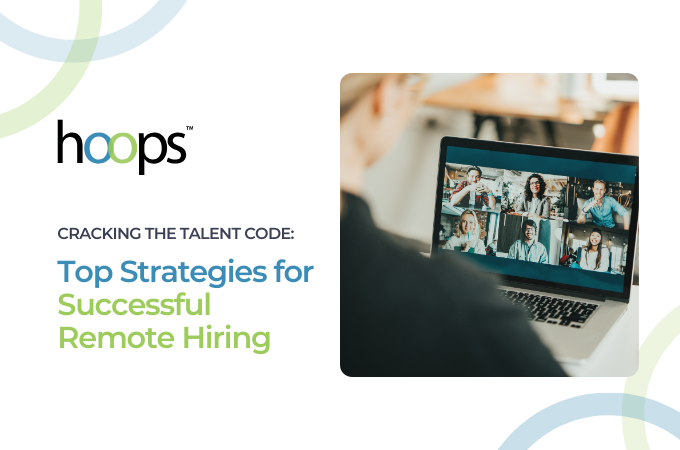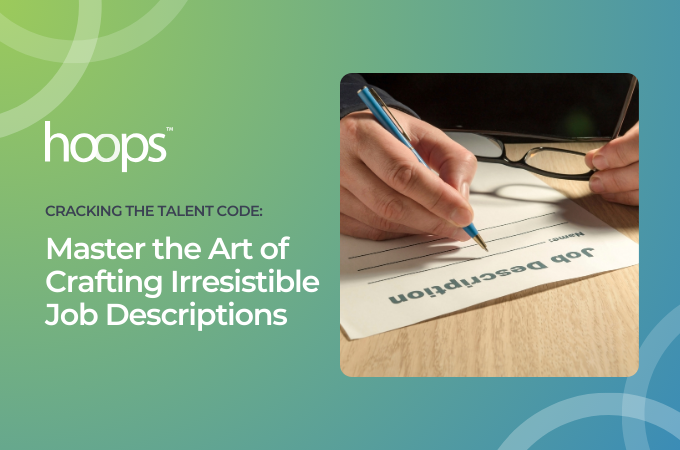As we step into 2025, the workplace continues to evolve at lightning speed. For hiring managers and leaders, staying ahead of emerging trends is essential for attracting and retaining top talent. Based on insights from leading research and industry experts, here are the top 5 talent and hiring trends shaping 2025—and how you can prepare for them.
1. The Rise of Skills-Based Hiring
2025 is all about hiring for potential and capabilities instead of rigid credential and degree requirements. A TestGorilla report highlights that 81% of companies now prioritize skills-based hiring practices, up from 56% just two years ago. Why? A skills-first approach saves time, boosts diversity, increases productivity, and equips businesses to adapt to changing demands.
How to Prepare:
- Incorporate skills assessments and targeted interview questions into your hiring process while removing unnecessary requirements (i.e. specific college degrees).
- Use AI-powered tools to match candidates' skills with your requirements efficiently.
- Focus on internal upskilling: External hires cost 18% more than internal talent (Forbes). Investing in workforce development pays off.
2. Flexible Work is Here to Stay—But Evolving
While flexible work (i.e. remote and hybrid work) has become a new norm, 2025 marks a shift toward customized flexibility tailored to roles and team needs. According to the Flex Report Q4 2024, 68% of U.S. firms now offer role-based flexibility, with hybrid models growing significantly (43% today vs. 20% in early 2023).
Even as major players like Amazon and Dell push for a full return to office, flexible work options remain a driver of employee value proposition (EVP). A recent Gallup study reveals that flexibility also improves retention, productivity, and access to larger talent pools—and that 3 in 10 workers would leave if not offered flexibility options.
How to Prepare:
- Identify roles that truly require on-site presence versus those that could thrive in hybrid or remote setups.
- Consider creative flexibility options like "Flex Fridays" or customizable "Core Hours."
- Conduct employee surveys to identify preferences and address retention challenges, reducing the risk of losing key talent.
- Highlight your flexible work policies in job postings to attract candidates who prioritize work-life balance.
3. AI-Driven Recruitment Takes Center Stage
AI has moved from a nice-to-have to an essential recruitment tool. According to Demandsage, 87% of companies use AI for their recruitment process and 67% of hiring decision-makers claim the main advantage is its ability to save time and resources. You can learn more about some of the key benefits of AI in our recent blog.
How to Prepare:
- Automate repetitive tasks (i.e. resume screening) to speed up the hiring process and save time.
- Use data-driven insights to refine job descriptions and better match market demands.
- Balance AI with human judgment to ensure quality and alignment with company culture.
4. Attracting Gen Z is a Different Ballgame
By 2025, Gen Z will represent more than 25% of the global workforce, but many companies are still unsure how to attract and retain this cohort. According to LinkedIn's Global Data (2024) recruiting Gen Z ranks as the #2 challenge for hiring teams.
Gen Z stands out for their non-negotiable values:
- Work-life balance: They prioritize boundaries, even over deadlines.
- Purpose-driven work: They avoid companies they perceive as unethical.
- Growth-focused opportunities: They’re 36% more likely than previous generations to value career advancement and 34% more likely to prioritize skill development.
How to Prepare:
- Build authentic employer branding through channels like social media and employee testimonials.
- Highlight growth opportunities, professional development/skills training, and values-driven initiatives.
- Streamline the candidate experience— Gen Z is more likely to "ghost" companies if the process is inefficient or impersonal.
5. Compensation Transparency Becomes a Must
With legislation increasing and candidate demand growing, 86% of Americans now expect salary ranges to be disclosed in job descriptions (Talker Research). This transparency also builds trust and boosts applicant confidence.
How to Prepare:
- Include salary ranges in job descriptions to stay competitive and compliant.
- Leverage market data to ensure your compensation aligns with industry benchmarks.
- Train hiring teams to confidently address pay and benefits questions.
How to Stay Ahead in 2025
The future of recruitment requires adaptability, data-driven strategies, and a people-first approach. By embracing these trends, your organization can attract and retain the talent you need to thrive in a competitive job market.
At Hoops, we’re here to help. Whether it’s leveraging AI tools like Hula AI or providing actionable insights through Market Insights Reports, we simplify hiring so you can focus on building a future-ready workforce.
Simplify hiring. Amplify growth. Visit us at hoopshr.com or call 877-262-7358 to get started!
#yourbesthire







